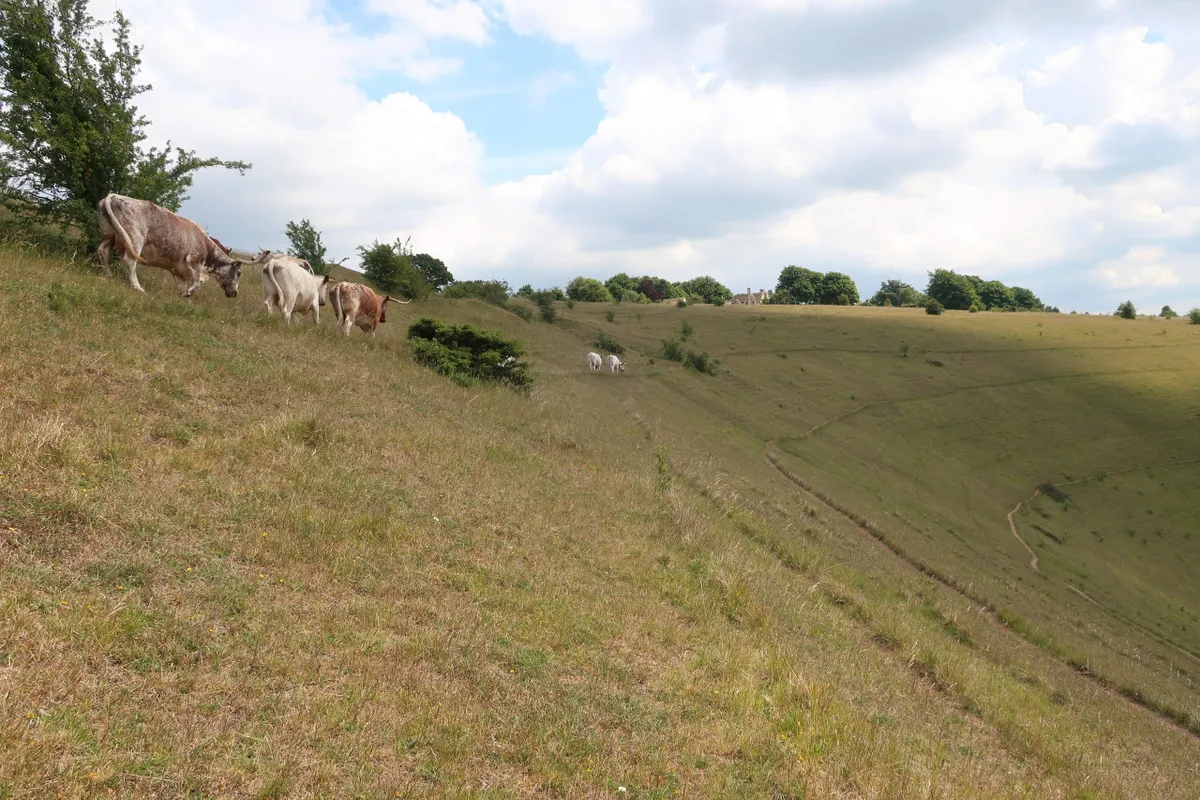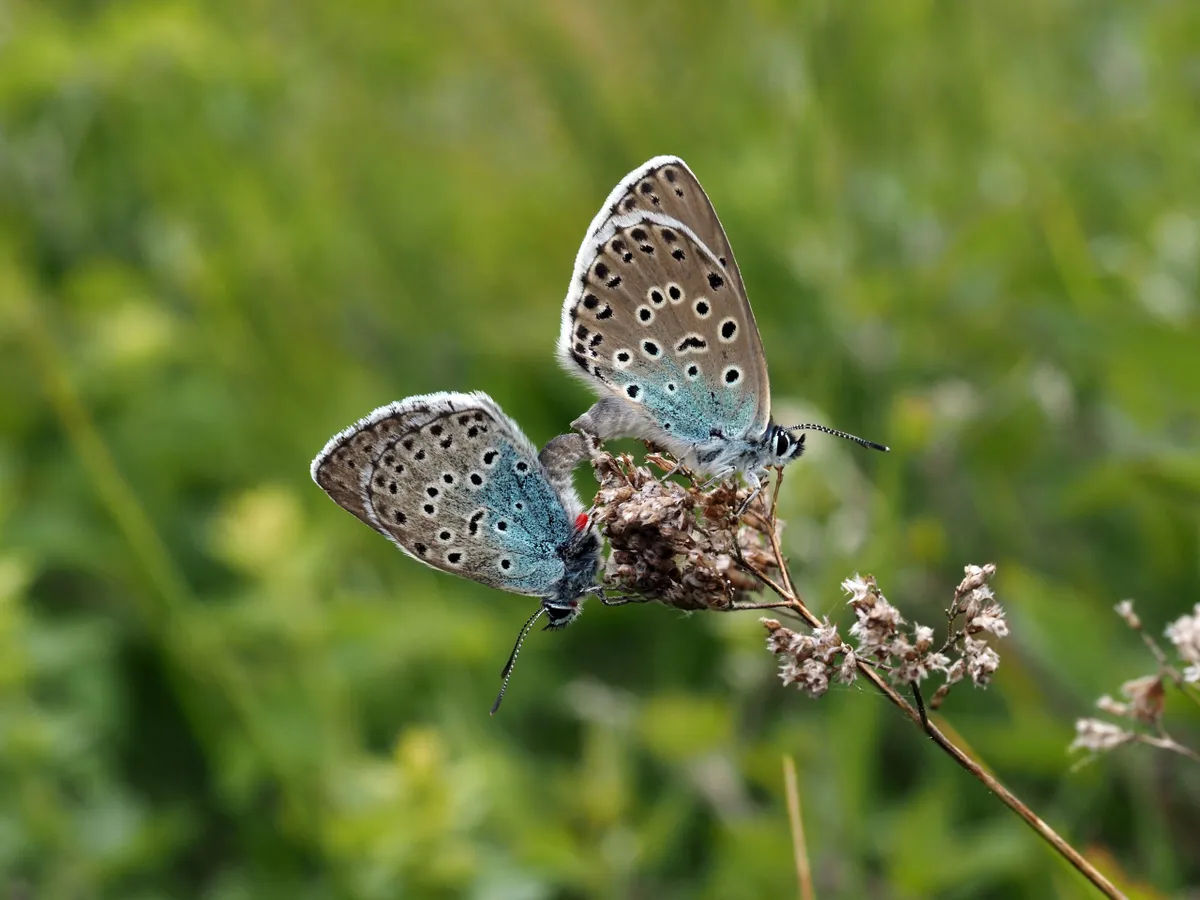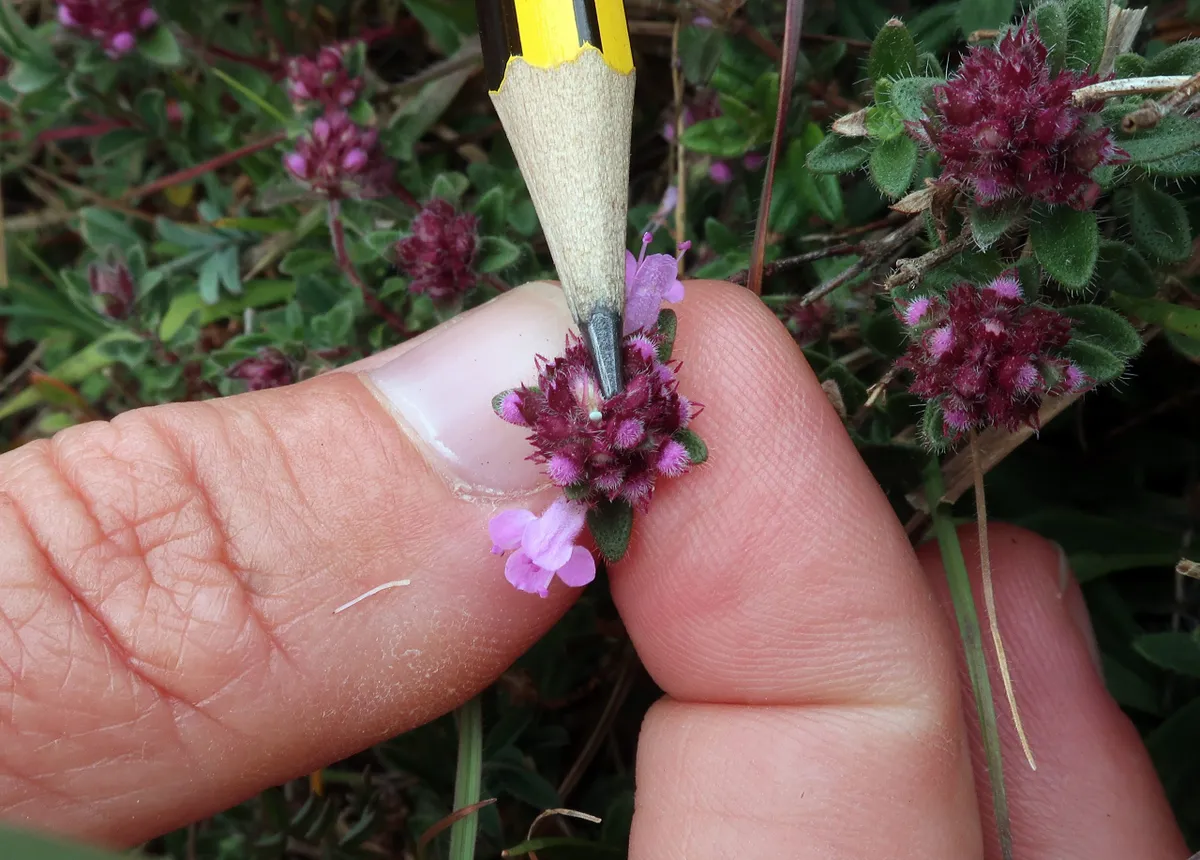A collaboration spanning five years has seen the globally endangered large blue butterfly successfully breeding during its first year at Rodborough Common in Gloucestershire, where it had previously been absent for 150 years.
With a wingspan of more than 2 inches, the large blue butterfly holds the title of being both the largest, and rarest of all 9 British blue butterflies. Declared extinct in Britain in 1979, its numbers have continued to be in decline worldwide.

In a bid to bring this enigmatic butterfly back from the brink, the large-scale collaboration (including National Trust, Butterfly Conservation, Limestone’s Living Legacies Back from the Brink project, Natural England, Royal Entomological Species and Minchinhampton Rodborough Committees of Commoners) have worked together to prepare the land on Rodborough Common for the butterfly’s return.
A total of 1,100 larvae were released on 351 hectares (867 acres) of land last August. This year, the results of the long-term project have been proven a success, with an estimated 750 butterflies emerging on the site over the summer.
The commons — a Site of Special Scientific Interest and Special Area of Conservation — were chosen as a site for the reintroduction of the large blue butterfly as they support all the elements and habitat required for the insect to flourish.
Large blue butterflies were once frequently sighted here, but due to some of the grassy slopes becoming overgrown — a change that might appear inconsequential at first glance — the butterflies were dealt a blow.

The Myrmica sabuleti ant plays a crucial role in the lifecycle of the butterfly, but their presence at Rodborough Common became more scarce, as Richard Evans, Area Manager for the commons, explains: “The long grass and scrub had caused the soil to cool which made it difficult for the ants to survive. As the ant population dwindled in the late nineteenth century, so did the numbers of large blues.”
In order to ensure that the land on Rodborough Common would be a site on which the butterflies could thrive once more, an innovative grazing regime was put in place, as well as a programme of scrub control.

Small, temporary grazing areas were created using electric fences, to encourage cows (including Luing, Hereford, and Long-horn) to graze slopes that were traditionally less attractive to free roaming cattle.
These methods created the perfect conditions for the Myrmica sabuleti ant. In addition, wild thyme and marjoram — the main food source for the butterflies and also where they prefer to lay their eggs — also thrived as a result of careful land management.

Richard credits the collaborative work of all the partners involved in the reintroduction project as its success: “Creating the right conditions for this globally endangered butterfly to not only survive but to hopefully thrive has been the culmination of many years work. None of this would’ve been possible without the combined efforts of conservationists and the local graziers.”
He continues, “One of the greatest legacies of the re-introduction is the power of working together to reverse the decline of threatened species and the benefit the habitat improvements will have for other plants, insects, birds and bats on the commons.”
